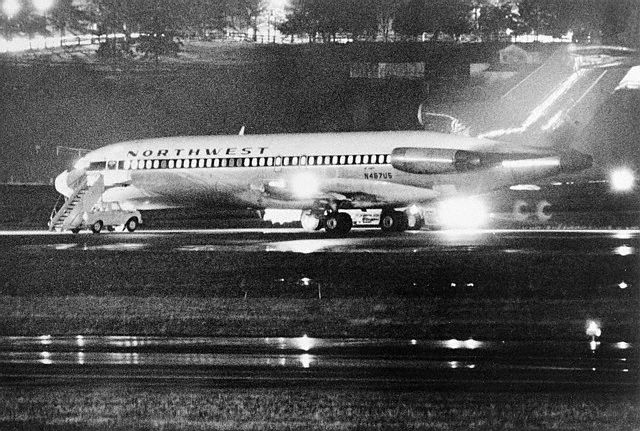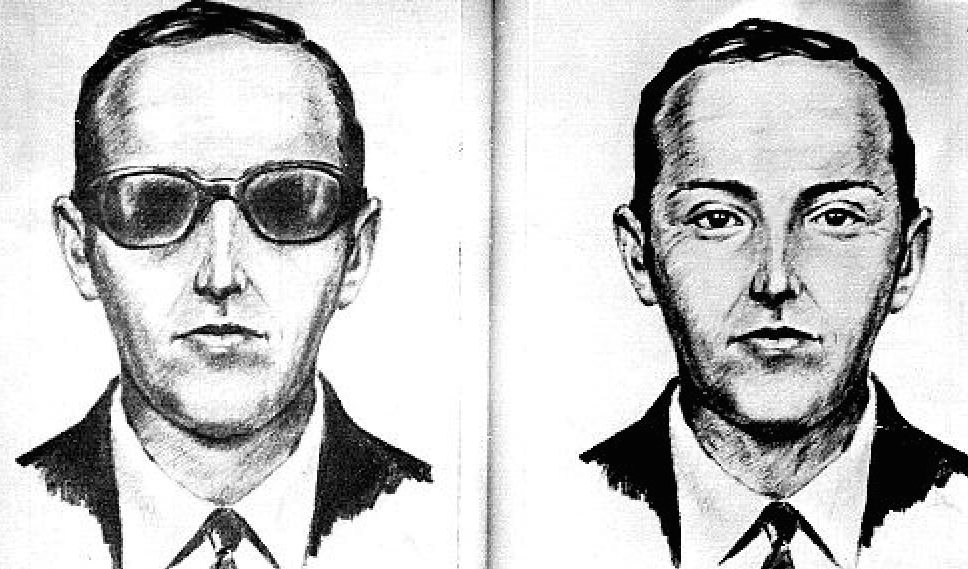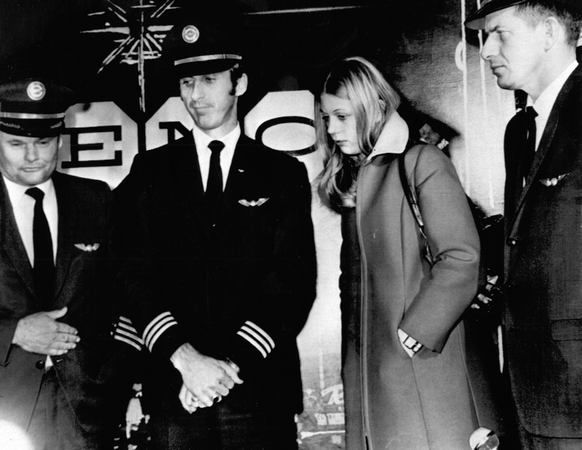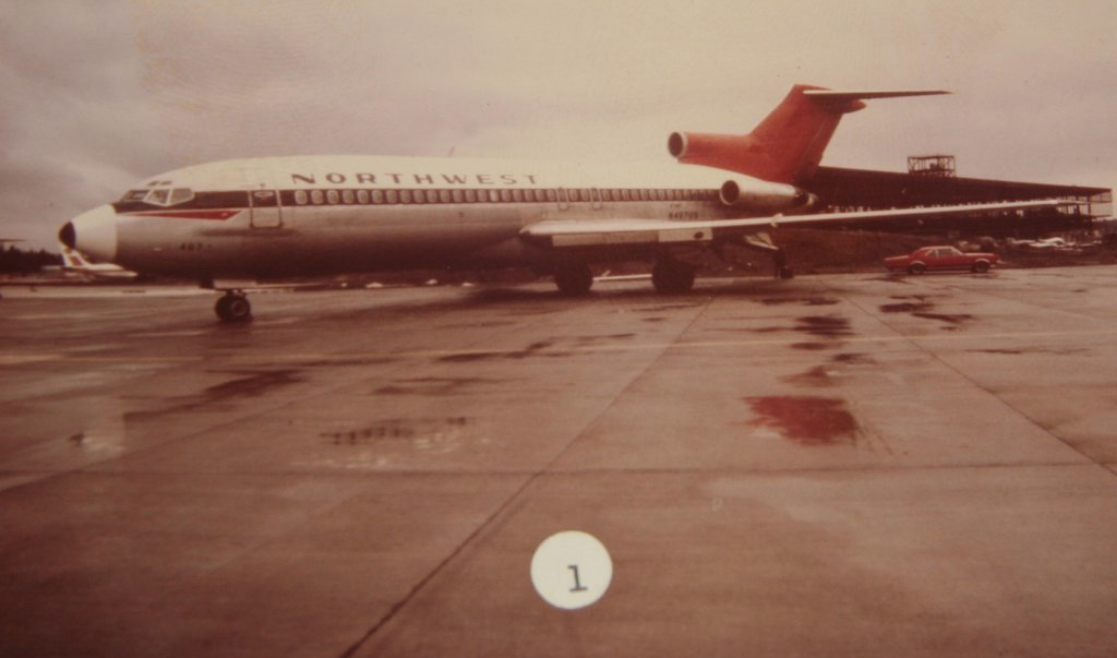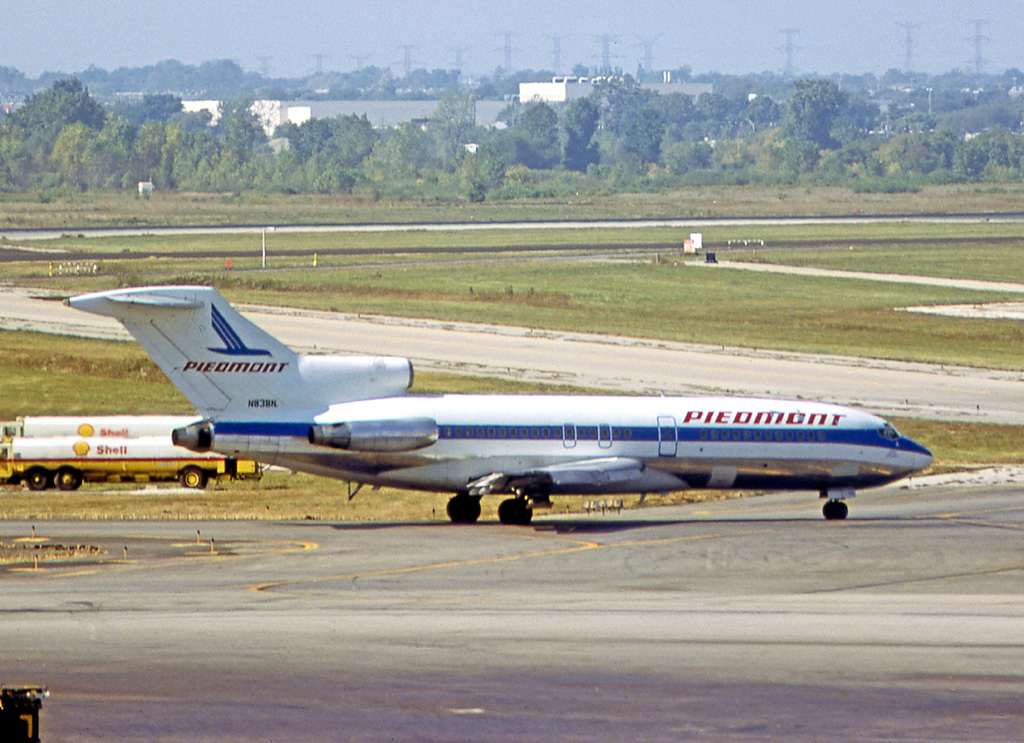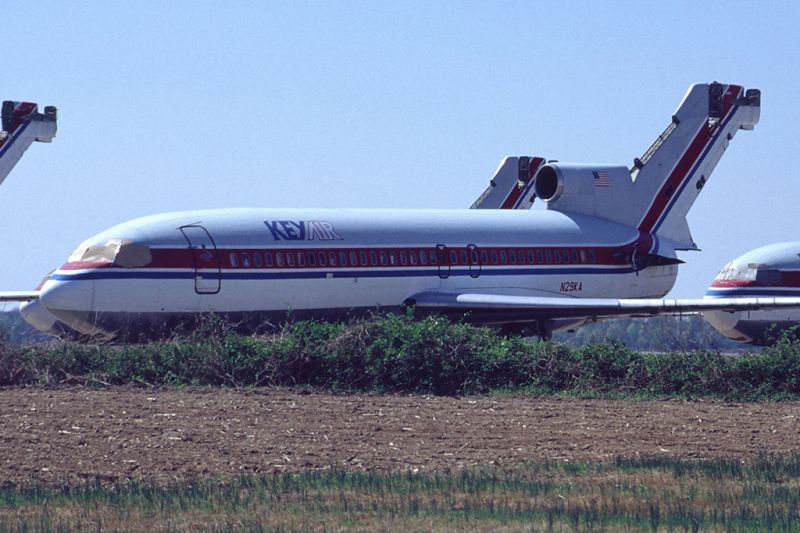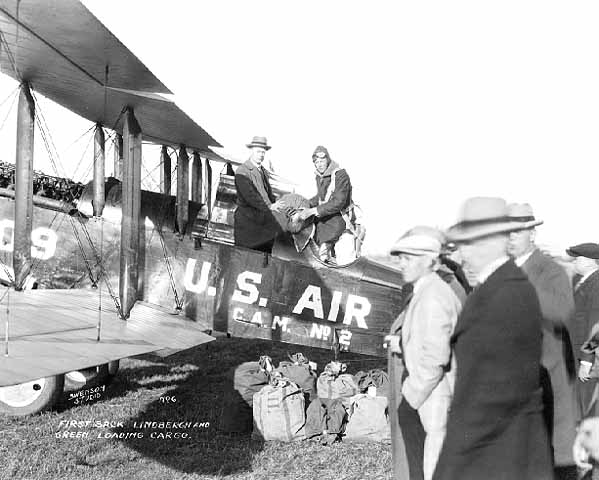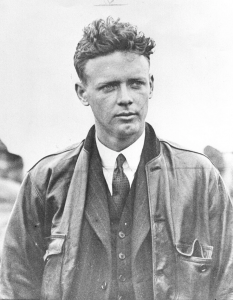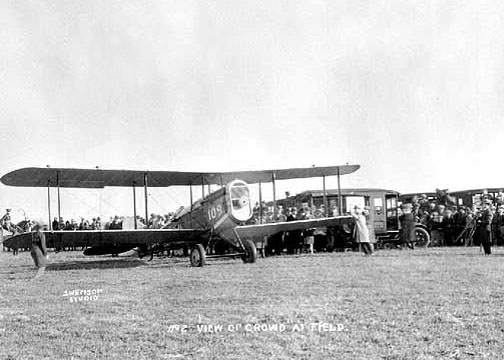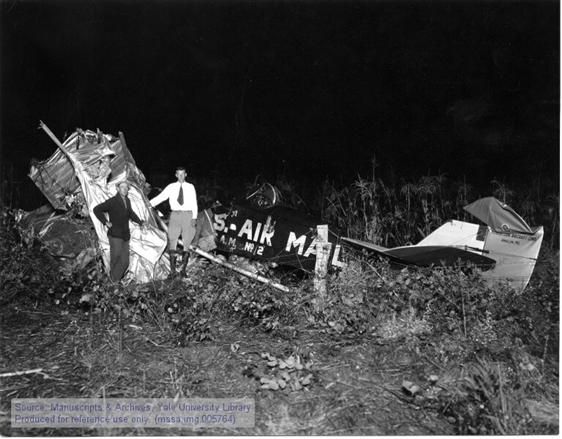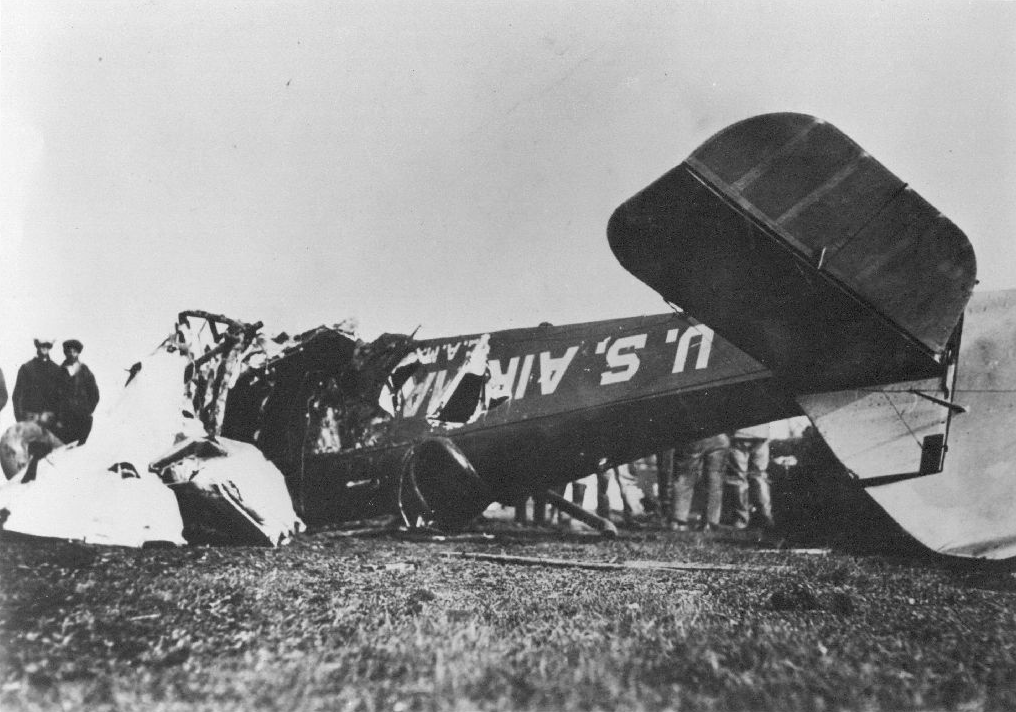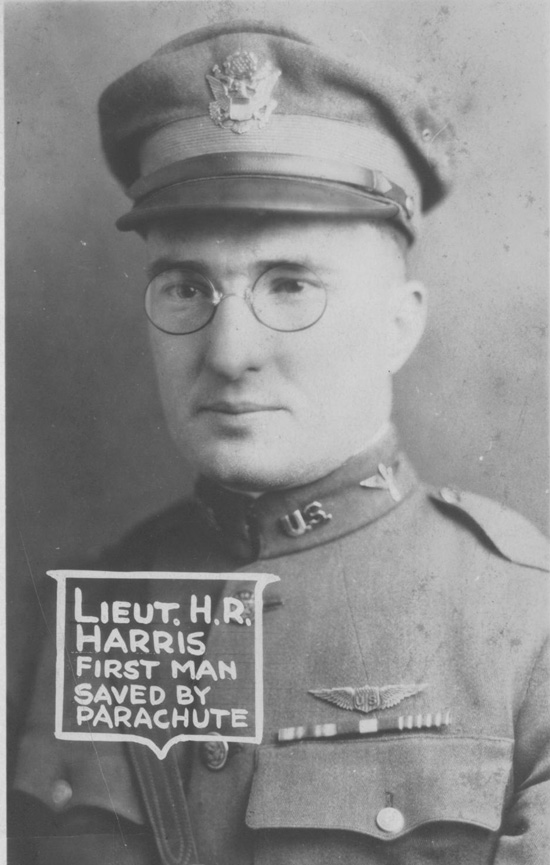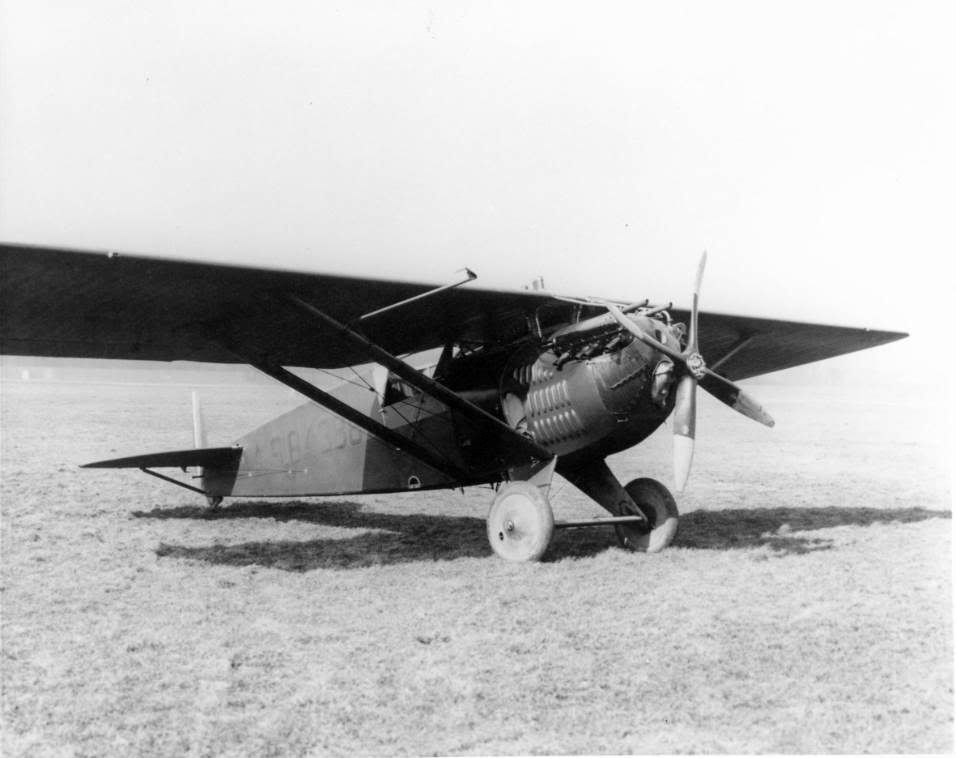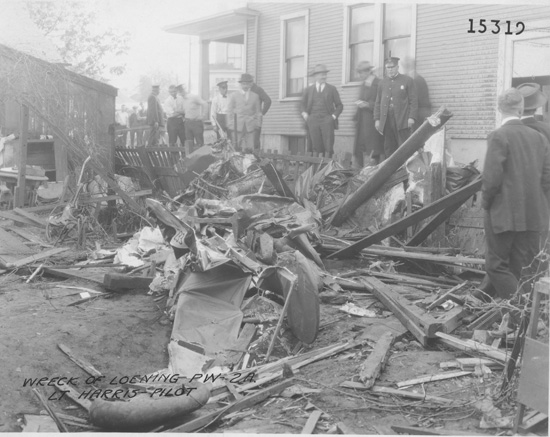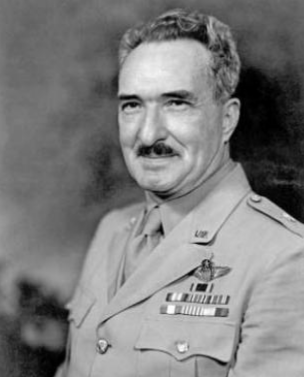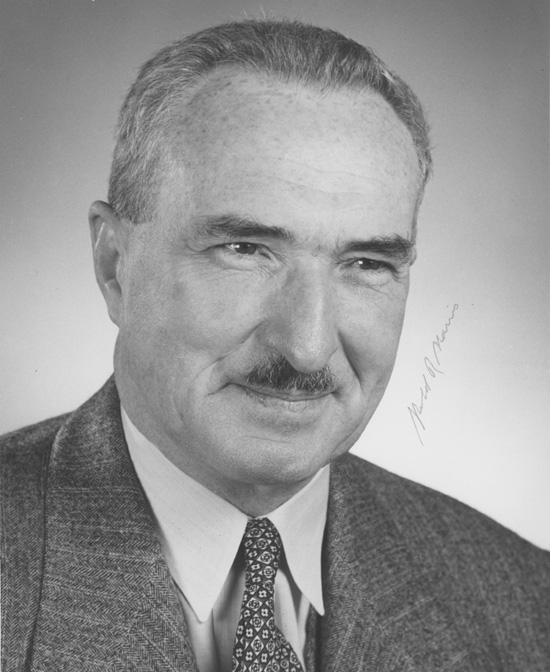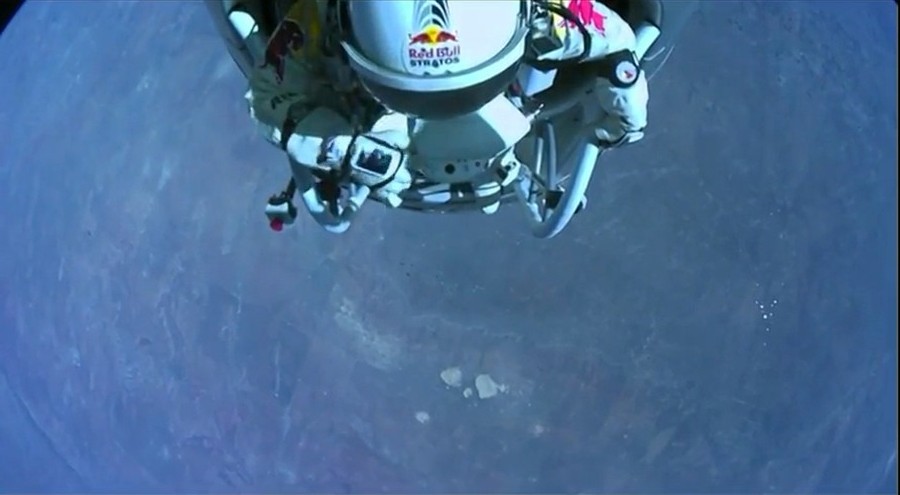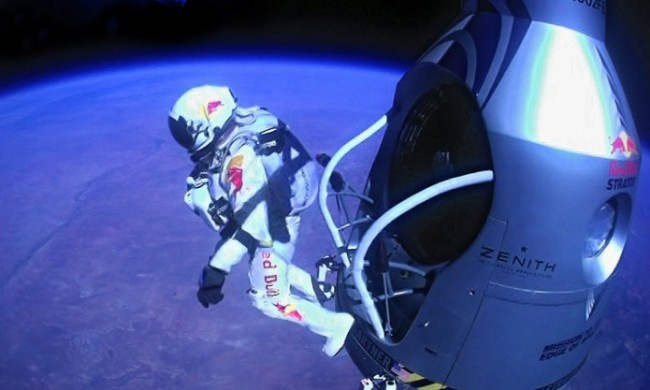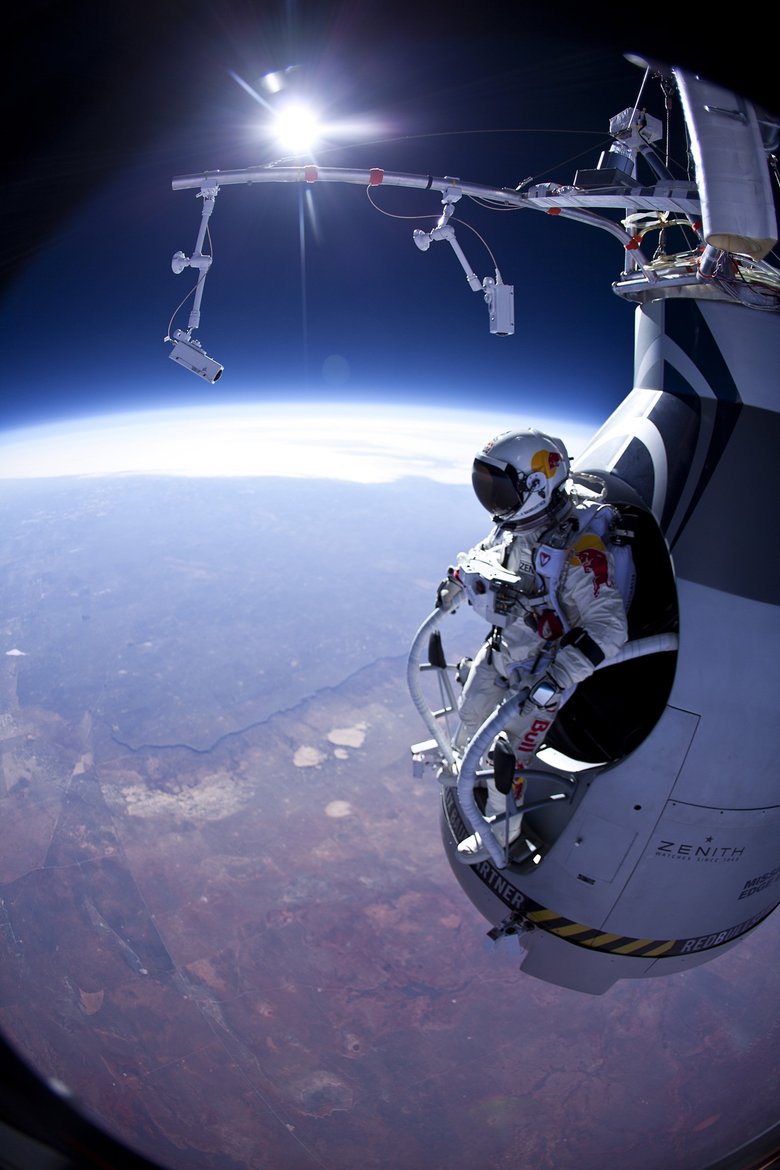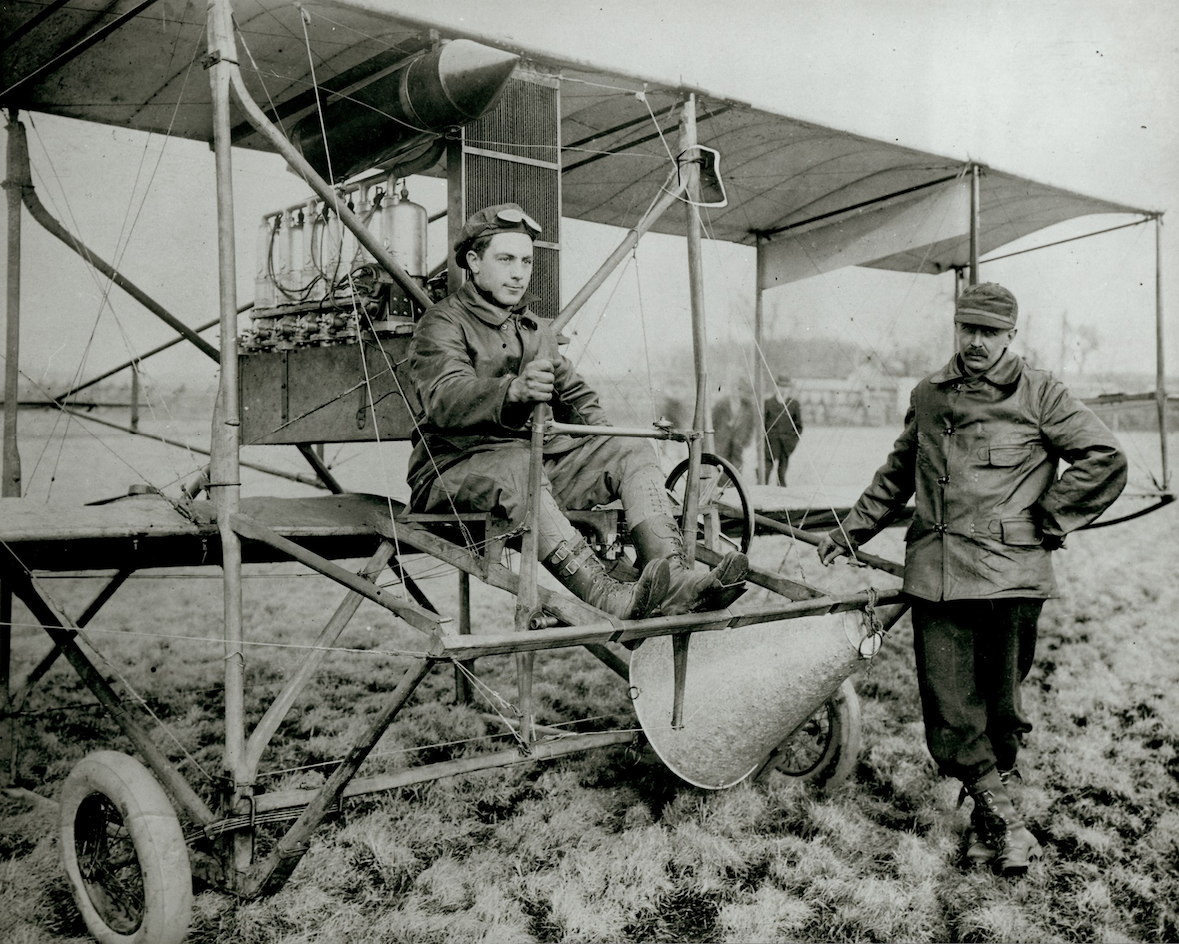
1 March 1912: At Jefferson Barracks, St. Louis, Missouri, Captain Albert Berry, United States Army, made the first parachute jump from an airplane.
Pilot Antony H. Jannus and Captain Berry took off from Kinloch Field, a balloon-launching field in Kinloch Park, (now, Lambert–St. Louis International Airport, STL) and flew aboard a 1911 Benoist Type XII School Plane, 18 miles (29 kilometers) to the drop zone at Jefferson Barracks. The airplane was a pusher biplane which was based on a Curtiss pusher, and is also called the Benoist Headless.
Barry had his parachute packed inside a conical container mounted beneath the airplane’s lower wing. They climbed to an altitude of 1,500 feet (457 meters).
When the reached the desired altitude and were over the barracks’ parade grounds, Berry attached the parachute to a harness that he was wearing, then lowered himself on a trapeze-like bar suspended in front of the wings. He pulled a lanyard which released him. The parachute was opened by a static line.
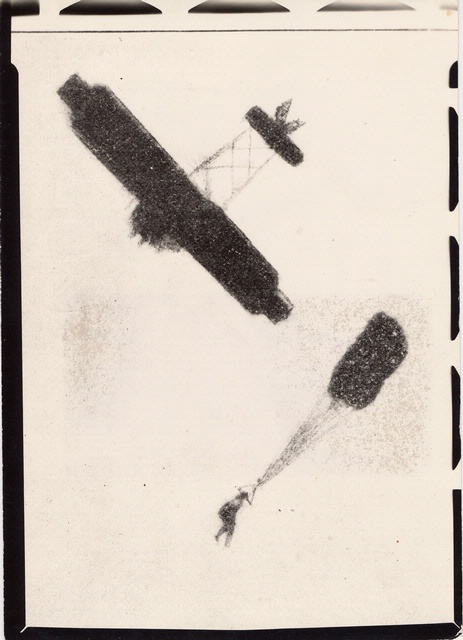
The Associated Press reported the event:
ST. LOUIS, March 1. —For the first time in the history of a heavier-than-air flying machine, a man leaped from an aeroplane at Jefferson barracks this afternoon and descended safely to earth in a parachute. Capt. Albert Berry made the spectacular leap and it was witnessed by hundreds of cheering soldiers.
Berry and Pilot Jannus left the Kinlock aviation field in the afternoon in a two-passenger biplane, carrying beneath the machine, in a specially constructed case, a large parachute. With practiced hand Jannus steadied the machine, Berry gave a quick jerk of a rope and, while the aeroplane, first bouncing up like a cork, suddenly poised and steadied itself.
Hundreds of watchers held their breath as Berry shot toward the earth, the parachute trailing after him in a long, snaky line. Suddenly the parachute opened, the rapidity of the descent was checked and, amid cheers, the first aviator to make such an attempt lightly reached the ground.
A local newspaper reported:
BERRY JUMPS 1500 FEET FROM BIPLANE
Parachute Drops 300 Feet Before Opening at Jefferson Barracks.
LANDS HARD BUT SAFE
Jannus, Driver of Machine, Says “Never Again,” After Sunday Exhibition.
Albert Berry, formerly a professional parachute jumper, and son of Capt. John Berry, licensed balloon pilot, carried out his twice deferred jump from an aeroplane yesterday afternoon. After riding as a passenger with Anthony Jannus in a Benoist biplane from Kinloch Field to Jefferson Barracks, he cut loose his parachute at a height of about 1500 feet. He landed hard, but safely, just south of the mess hall.The soldiers at the barracks were startled when they saw the parachute and man falling, for it did not open until it had dropped like lead for 300 feet.
After Jannus and Berry had warmed themselves in the office of Col. W. T. Wood, Jannus climbed into his machine and flew back to Kinloch. He lost his bearings, mistaking the St. Charles for the Natural Bridge road, and flew almost to the Missouri River at a height of nearly 4000 feet. Realizing his mistake, he flew back to his hangar. This trip occupied twenty-seven minutes. The flight to Jefferson Barracks required only twenty minutes, with the passenger aboard. The air line distance between the two pints is about seventeen miles.
Jannus Dislikes Experience.
Tom Benoist, originator of the plan and builder of the aeroplane used, said he would have like to have done with it. Jannus said:
“As far as I am concerned, Sunday will be the last time for this stunt. We are in duty bound to the people who paid admission to see the jump a week ago Sunday, to do it once more. We hope to get through with it next Sunday. After that, never again.”
Berry’s ideas are different. He will continue the jumping as an exhibition trick if he can find an aviator to co-operate with him. It is understood already offers of large guarantees have been made him by promoters of amusement enterprises, one of them in New York.
Berry had made so many jumps of the same nature from hot-air balloons that he was expert in the work, and he had not suffered from the hard landing. But both he and Jannus were chilled through, and plenty of hot cocoa from thermos bottles was needed to get them warm.
–St. Louis Globe-Democrat, Vol. 37—No. 288, Saturday, 2 March 1912, Page 1, Column 6.
The Washington Times wrote:
CAPITAL AVIATOR FIGURES IN AERIAL FEAT AT ST. LOUIS
Antony Jannus Drives Biplane From Which man Drops in Parachute.
Antony Jannus, a former Washington boy, and Capt. Albert Berry, of St. Louis, winner of the national balloon race from Indianapolis last year, figured in a spectacular aerial performance in St. Louis yesterday afternoon, Capt. Berry jumping from an aeroplane in a parachute. Jannus was the aviator.
The feat of Captain Berry and Jannus is the first time that a man has jumped from an aeroplane in a parachute. This accomplishment was considered dangerous by the majority of aviators, it being thought that the aeroplane, becoming free of the extra burden, would spring upward, turn turtle, and crash to the earth. Captain Berry jumped from an altitude of between 1,000 and 1,500 feet, made a perfect landing, while the aeroplane, driven by the Washington boy, flew on without any difficulty in maintaining an equilibrium.
Since Captain Berry has accomplished the feat of dropping from an aeroplane, it is possible this new “stunt” will be experimented with by the army aviators within a year.
—The Washington Times, Number 7376, Saturday, 2 March 1912, Page 3, Column 6
© 2021, Bryan R. Swopes
